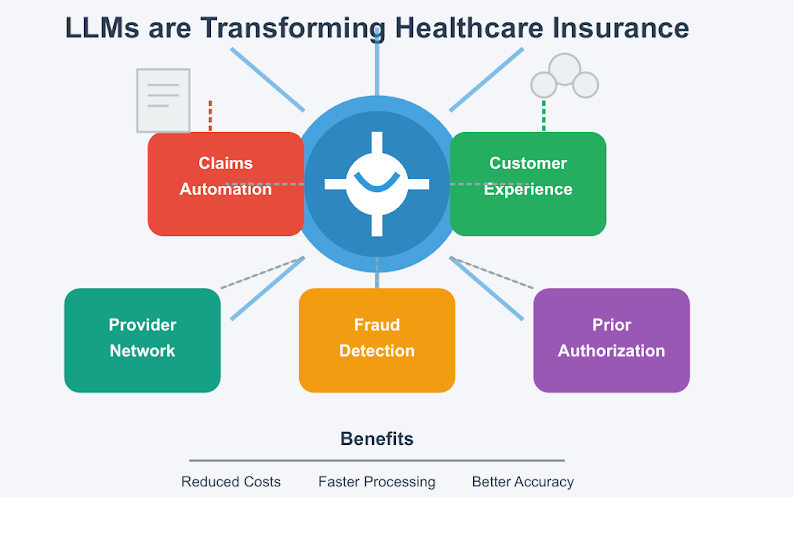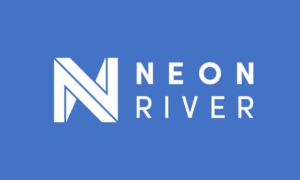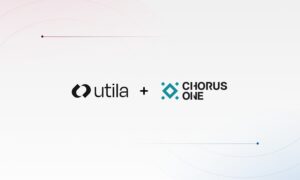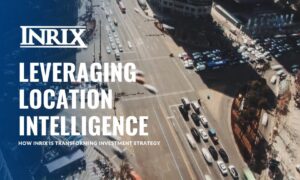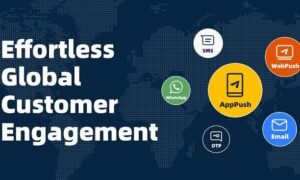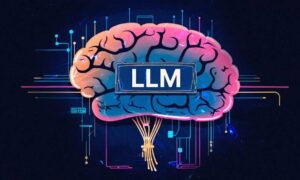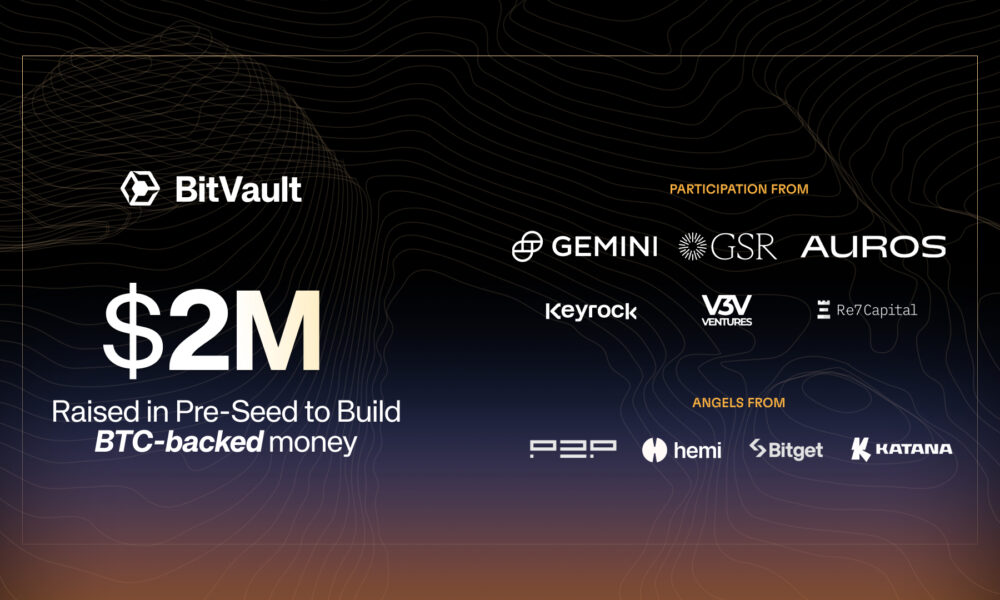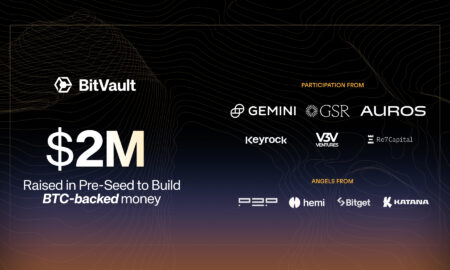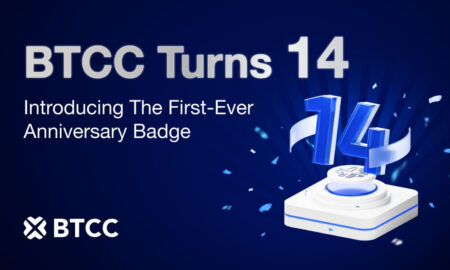What Are LLMs and Why Do They Matter in Insurance?Large Language Models like OpenAI’s GPT series, Google’s Gemini, Meta’s LLaMA, and open-source frameworks like Falcon and Mistral are trained on billions of data points. In the healthcare insurance space, they unlock deep insights from complex datasets — medical records, insurance claims, policy documents, customer conversations, and regulatory guidelines.
Their ability to reason contextually, synthesize information across sources, and generate human-like language at scale enables automation and personalization that wasn’t possible before.
Real-Time Claims Processing and Automation
One of the most tangible impacts of LLMs in healthcare insurance is claims automation. Traditionally, claims go through a lengthy, manual process involving multiple checkpoints. LLMs can:
- Automatically extract structured data from unstructured claim forms.
- Understand clinical notes and ICD/CPT codes with medical NER (Named Entity Recognition).
- Flag inconsistencies, missing data, or signs of fraud.
- Auto-generate claims summaries and submit them to approval pipelines.
Companies like Anthem and UnitedHealth are already piloting LLM-driven claims workflows that reduce processing time by over 60% and increase accuracy significantly.
AI-Powered Fraud Detection
Healthcare insurance fraud costs the industry over $100 billion annually. LLMs bring a new edge to fraud analytics by:
- Detecting linguistic patterns that deviate from normative claim behavior.
- Performing semantic analysis across prior patient interactions and claim histories.
- Working in tandem with anomaly detection models to flag suspicious activity in real-time.
For example, LLMs can detect when similar wording is reused across multiple claims, suggesting fraud rings or copy-paste schemes.
Personalized Policy Recommendations
Modern consumers expect hyper-personalized experiences — and LLMs are at the forefront of delivering them. Insurers can now:
- Leverage LLMs to scan a member’s medical history, demographics, and lifestyle data.
- Generate personalized policy explanations, guiding users to optimal coverage options.
- Craft contextual communication that resonates with specific customer profiles.
By integrating LLMs into digital advisors and chatbots, providers are now able to deliver Netflix-style personalization — in the language of healthcare.
Enhancing Regulatory Compliance
Healthcare insurance is a compliance-heavy industry. From HIPAA to CMS rules, regulatory burden is immense. LLMs are proving vital in:
- Continuously scanning regulatory documents and identifying policy impact zones.
- Auto-generating compliance documentation for internal audits.
- Monitoring agent communication to ensure policy adherence and avoid misrepresentation.
In fact, some insurers are using LLMs to generate instant compliance risk summaries before launching new products in different states.
Integrating LLMs into the Healthcare Insurance Tech Stack
The integration of LLMs requires thoughtful architecture. Leaders in this space are combining:
- Vector Databases (like Pinecone, Weaviate) for semantic search.
- RAG (Retrieval-Augmented Generation) for grounding LLMs in up-to-date policy and claim data.
- APIs and LLMOps platforms for secure deployment (Azure OpenAI, AWS Bedrock, Google Vertex AI).
A hybrid architecture — combining foundation models with insurer-specific data — ensures scalability, accuracy, and explainability.
What’s Next? The Future of LLMs in Insurance
The next frontier includes:
- Multimodal LLMs integrating text, images, and lab results for deeper diagnostics.
- Federated learning to protect patient privacy across distributed datasets.
- Explainable AI (XAI) for regulatory transparency and trust.
In time, LLMs will become the core engine behind autonomous insurance systems — not just optimizing current operations but redefining how healthcare insurance works.
Final Thoughts
Large Language Models are not just another IT upgrade. They’re ushering in a paradigm shift — transforming healthcare insurance from a reactive, rule-based domain into a proactive, intelligent, and empathetic system.
For providers, payers, and patients alike, the promise is clear: faster care, fewer errors, deeper personalization, and fairer pricing.
The insurance companies that embrace LLMs now will not only gain a competitive edge — they’ll be designing the future of healthcare itself.
About the Author:
Santosh Kumar is an IEEE Senior Member, Sigma Xi Full Member, ACM Member, and award-winning technologist, widely recognized as an AI thought leader and keynote speaker. Specializing in Generative AI, Large Language Models (LLMs), AIOps, and the transformation of healthcare and insurance through AI, he brings over 15 years of innovation and leadership to the global AI community.
A passionate advocate for responsible AI, Santosh actively contributes to ethics and policy-making in the AI domain. He has published numerous research papers on Generative AI applications and serves as a respected reviewer and Editorial Board Member for leading AI journals, helping shape the next wave of innovation in the field.
He is also a distinguished judge for top-tier AI awards, including the Artificial Intelligence Excellence Awards by the Business Intelligence Group and the Globee® AI Excellence Awards, further underscoring his expertise and influence in the AI community.
Santosh is the author of three highly acclaimed books, all available on Amazon and praised for their insights and practical approaches:
- AI Agents In Action – Transforming 2025
- The Rise of Agentic AI – A New Era of Intelligence
- Gen AI & LLM with Machine Learning for Healthcare – A Practical Approach
These works have earned outstanding reviews and widespread recommendations from practitioners and industry leaders alike.
Santosh Kumar’s thought leadership continues to drive automation, personalization, and real-world impact in mission-critical industries, positioning him as a key architect of the AI-powered future.

